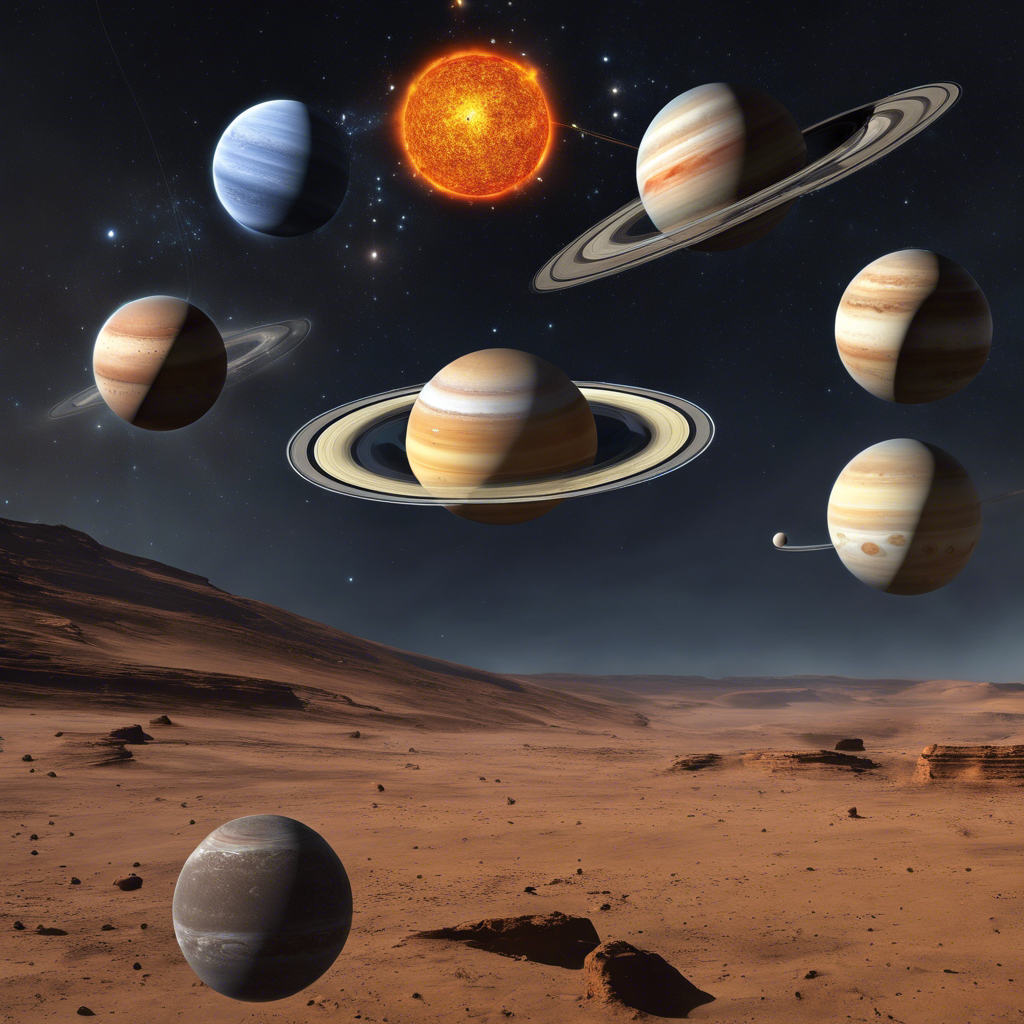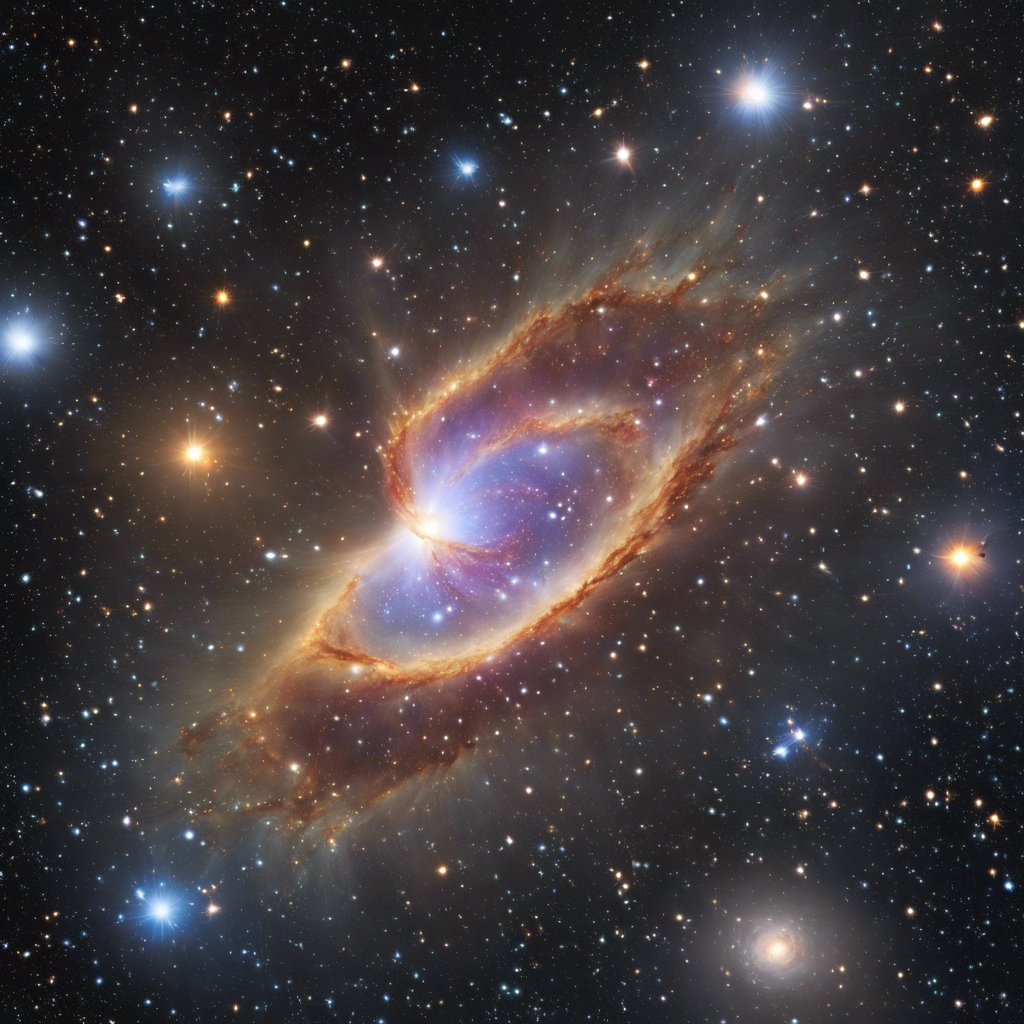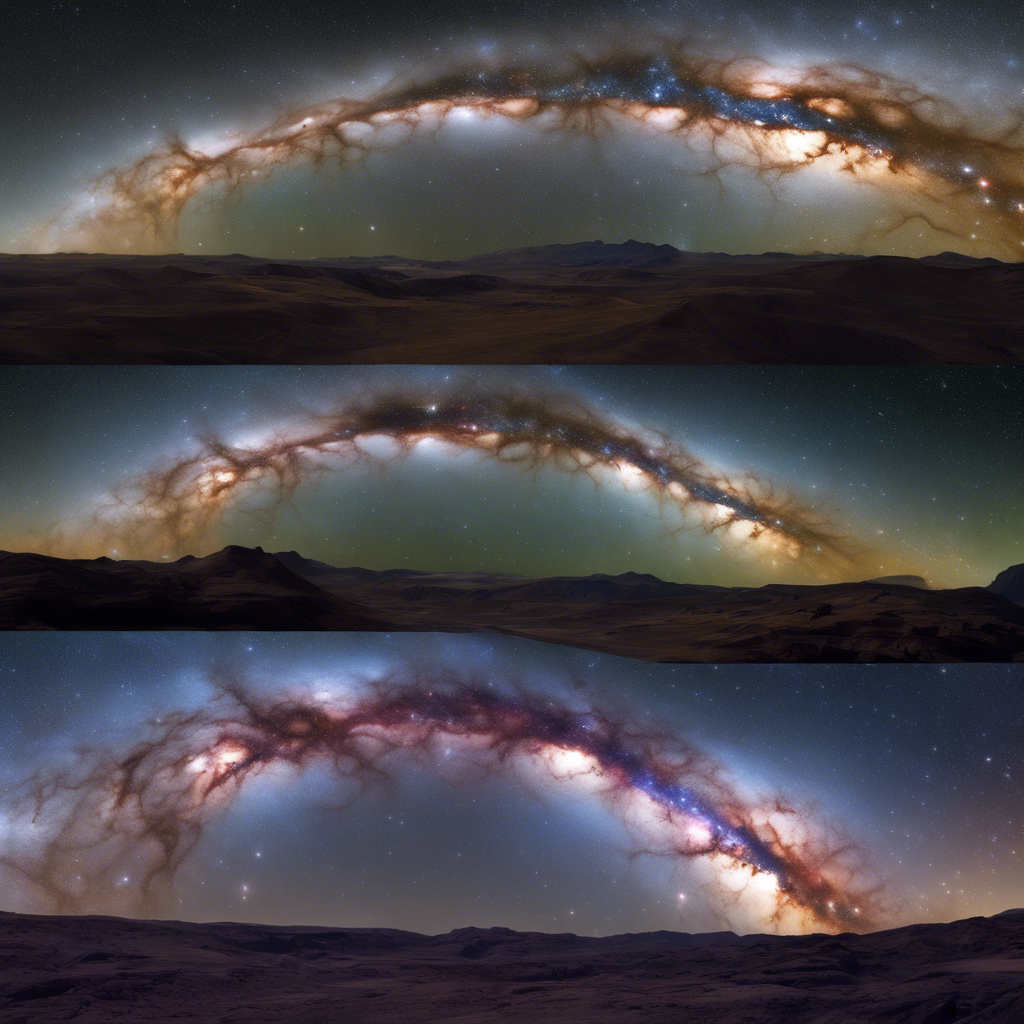Astronomers find a unique solar system with planets moving in perfect synchrony, shedding light on the formation of solar systems across the Milky Way.
Astronomers have made a groundbreaking discovery, uncovering a rare solar system located 100 light-years away in the constellation Coma Berenices. This remarkable find, announced on Wednesday, reveals a solar system with six planets that move in perfect synchrony, akin to a grand cosmic orchestra. The untouched nature of this system, undisturbed by external forces since its birth billions of years ago, offers valuable insights into the formation and evolution of solar systems throughout the Milky Way. The observations leading to this discovery were made possible through the collaboration of NASA’s Tess and the European Space Agency’s Cheops, two planet-hunting satellites.
A Glimpse into the Birth of Solar Systems
The unique feature of this solar system lies in the precise synchronization of the planets’ orbits, providing a rare opportunity for scientists to understand how solar systems are born. According to Derrick Pitts, the chief astronomer at Philadelphia’s Franklin Institute, this discovery offers a glimpse into what our own solar system may have looked like billions of years ago. By studying this system, researchers hope to gain a better understanding of the dynamic conditions and processes that shaped our own celestial neighborhood.
A Golden Target for Comparison
While none of the planets in this synchronized solar system fall within the star’s habitable zone, rendering them unlikely to support life as we know it, they present a valuable comparison for scientists. Adrien Leleu of the University of Geneva, a member of the international team that published the findings in the journal Nature, describes this discovery as a “golden target” for further study. By examining this system, researchers can gain insights into the formation and evolution of our own solar system.
A Symphony of Planetary Motion
The six planets in this solar system exhibit a remarkable phenomenon known as resonance, where their orbits are in perfect harmony with each other. The innermost planet completes three orbits for every two completed by its closest neighbor, a pattern that repeats between the second- and third-closest planets, as well as the third- and fourth-closest planets. The two outermost planets complete their orbits in 41 and 54.7 days, resulting in a ratio of four orbits for every three. What sets this solar system apart is the precision and orderliness of this resonance, making it a unique and fascinating case for astronomers.
Understanding the Formation of Solar Systems
According to Pitts, the untouched nature of this solar system presents an opportunity for researchers to engage in what he calls “forensic astronomy.” By studying this system and comparing it to others that exhibit similar synchronicity, scientists hope to unravel the mysteries surrounding the formation and evolution of solar systems. Pitts emphasizes that our current solar system looks vastly different from its original state, which is why studying systems like the one discovered is crucial in understanding the dynamic processes that shape celestial bodies.
Unveiling the Planetary Composition
The six planets in this solar system are approximately two to three times the size of Earth, with densities resembling the gas giants in our own solar system. Most of the planets are smaller than Neptune and have orbits ranging from nine to 54 days, placing them closer to their star than Venus is to the sun. As gas planets, they are believed to have solid cores made of rock, metal, or ice, surrounded by thick layers of hydrogen. Further observations are needed to determine the composition of their atmospheres.
Conclusion:
The discovery of a rare in-sync solar system with six planets moving in perfect synchrony offers a unique opportunity for astronomers to delve into the birth and evolution of solar systems. By studying this system, scientists hope to unravel the mysteries surrounding the formation of our own solar system and gain insights into the dynamic processes that shape celestial bodies. This remarkable find showcases the intricate nature of the cosmos and highlights the rarity of systems that have retained their synchrony over billions of years. As further observations and studies unfold, the secrets of the universe may be brought closer to our grasp.











